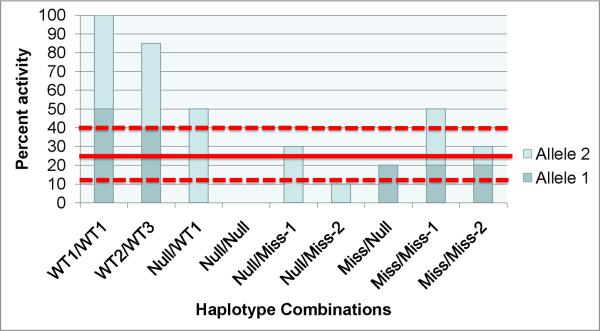Figure 2. Threshold model of cyst formation in ADPKD.
This model is based on the hypothesis that a critical level of PKD1 and PKD2 functional activity is required to form and maintain tubule structure (solid red line). In this model, a cyst forms when the combined activity of two alleles falls below the specific threshold for an individual cell. The requisite threshold may be vary based on a combination of factors such as genetic variants at modifier loci, environmental effects, the developmental stage of the kidney, or physiologic demands such as in response to injury (dashed red lines). The actual of level of activity achieved is determined by the specific combination of allelic variants in a gene, e.g., PKD1. In this example, three different wild type variant alleles (WT1–WT3) have their own unique set of polymorphisms that impact PKD1 activity with WT1 having the greatest activity. Combinations of wild type alleles with each other or with a null allele provide sufficient activity to avert cyst growth (leftmost three columns). Mutant alleles have less activity than the wild type variants. These range from complete loss of function (Null) to missense mutations with reduced activity (Miss, Miss-1, Miss-2). Individuals who inherit any of these hypomorphic, reduced function, allele haplotypes through the germline may acquire somatic mutations in individual cells (rightmost six columns) that in combination may fall below cell-specific threshold levels of activity and lead to cyst formation. In the illustration, Null/Null and Null/Miss-2 allele combinations will invariably result in cysts, whereas Miss/Miss-1 will never result in cysts with the other combinations having different effects depending on the actual cellular thresholds. This model also applies to PKD2.

